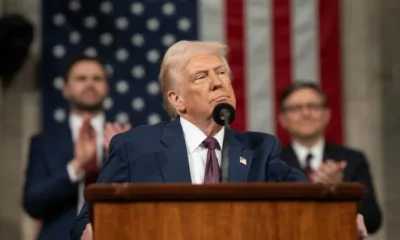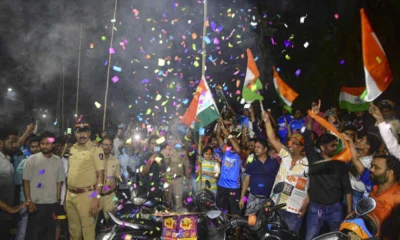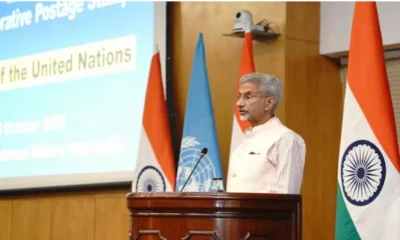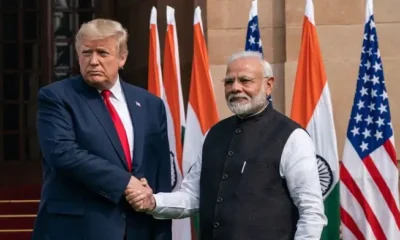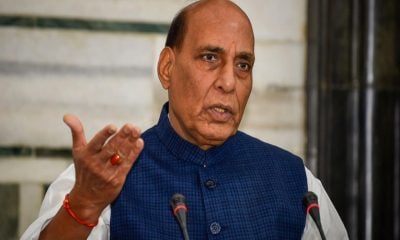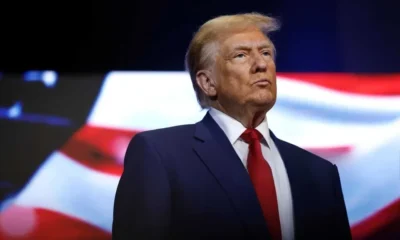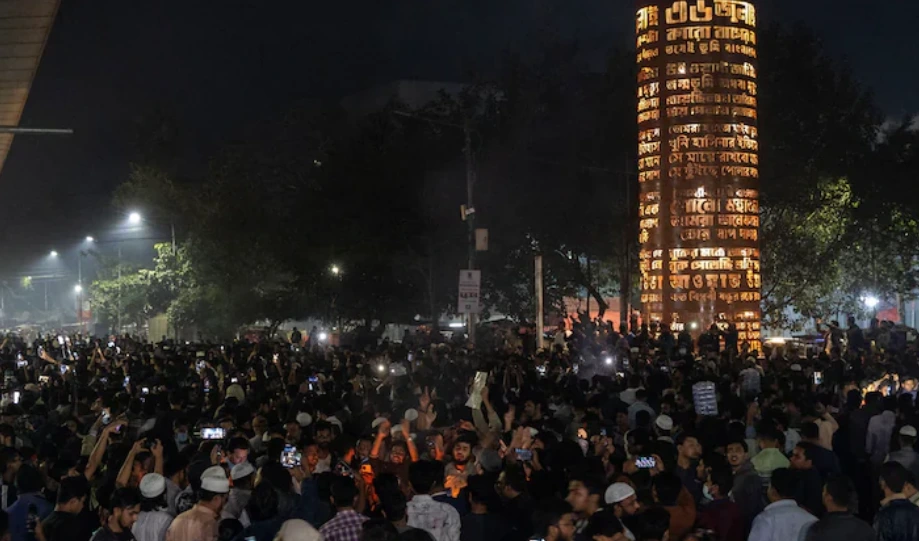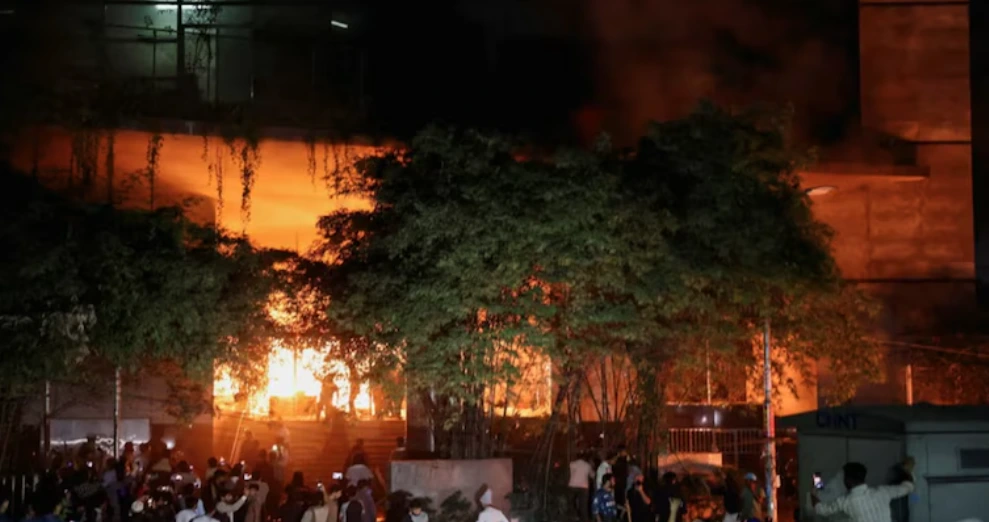Latest world news
Rex Tillorson: US desires for deeper ties with India
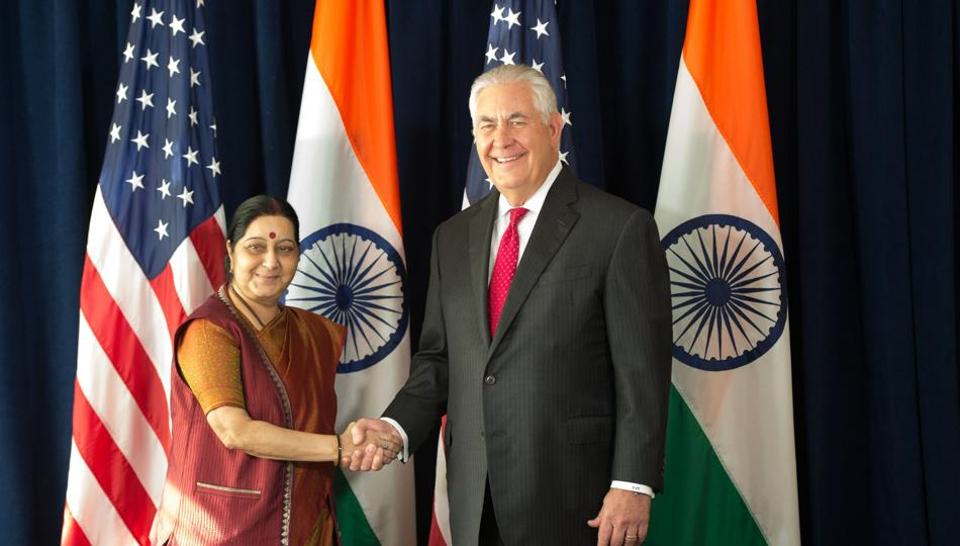
Latest world news
H-1B visa renewal delays leave hundreds of Indian workers stranded amid US social media checks
Hundreds of Indian H-1B visa holders remain stranded after US consular interviews were delayed due to enhanced social media screening.
Latest world news
Hindu man lynched and set on fire in Bangladesh during anti-India protests
A Hindu man was lynched and set on fire in Bangladesh’s Mymensingh district amid rising anti-India protests after the death of a radical student leader.
Latest world news
Bangladesh rocked by violent protests after student leader Sharif Osman Hadi’s death, anti-India slogans raised
Bangladesh has witnessed widespread violence and protests following the death of student leader Sharif Osman Hadi, with arson, anti-India slogans and a nationwide security clampdown.
-
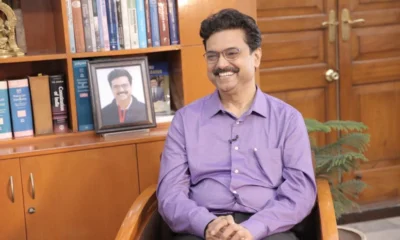
 India News13 hours ago
India News13 hours agoDU VC Prof Yogesh Singh entrusted with additional charge of AICTE Chairman
-
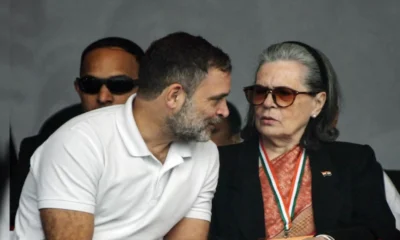
 India News16 hours ago
India News16 hours agoDelhi High Court issues notice to Sonia Gandhi, Rahul Gandhi in National Herald case
-

 Cricket news20 hours ago
Cricket news20 hours agoRohit Sharma reveals retirement thoughts after 2023 World Cup final heartbreak
-

 Latest world news20 hours ago
Latest world news20 hours agoH-1B visa renewal delays leave hundreds of Indian workers stranded amid US social media checks
-
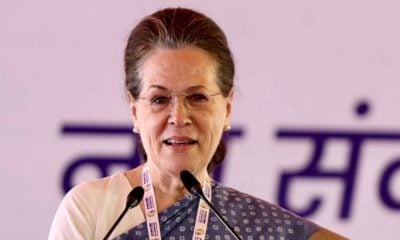
 India News20 hours ago
India News20 hours agoSonia Gandhi calls weakening of MGNREGA a collective moral failure, targets Centre in op-ed
-
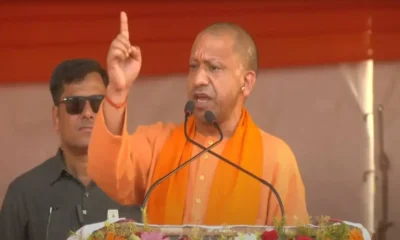
 India News17 hours ago
India News17 hours agoYogi Adityanath’s do namoone remark sparks Akhilesh Yadav’s jab on BJP infighting
-

 India News14 hours ago
India News14 hours agoGoa nightclub fire case: Court extends police custody of Luthra brothers by five days
-

 Entertainment14 hours ago
Entertainment14 hours agoDhurandhar box office day 17: Ranveer Singh film crosses Rs 555 crore, enters all-time top 10

